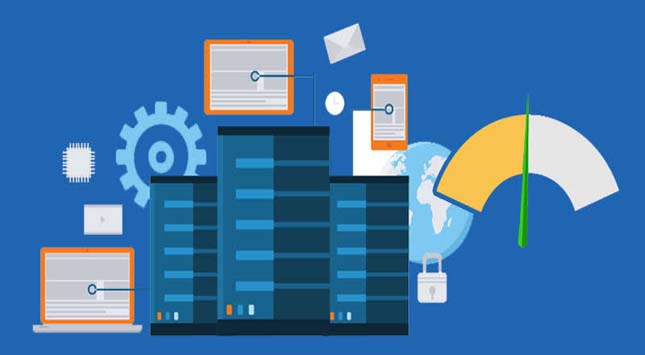Database Migration

In the modern IT infrastructure, there is a growing trend of replacing proprietary software with open-source alternatives, leading many companies and organizations to consider migrating their databases from one database management system (DBMS) to another. Database migration involves transferring data, meta-objects, stored procedures, functions, and triggers from a source DBMS to a target DBMS. This process typically involves making changes to applications, type mappings, and SQL conversions.
Database migration encompasses several crucial steps, including assessment, preparation, selection, extraction, data transformation, and validation. These phases can be challenging and time-consuming since they require translating data and logic between two systems with different data types and SQL syntax. Organizations opt for database migration for various reasons, such as cost savings, customization, and increased flexibility.
The initial phase of planning a database migration involves assessing the application to determine the feasibility of moving it from the source DBMS to the target DBMS. This step requires a comprehensive analysis of technology-related factors, including evaluating the compatibility of the client, application server, data access, and database features. It is crucial to ensure that the software in the database application layer is certified for the destination DBMS.
The next step is to validate the prerequisites on the target system before initiating data migration. This includes checking server resources, verifying operating system compatibility, and installing and configuring data migration software and relevant drivers. The resources of the destination database server or server cluster must be robust and scalable enough to handle the volume and complexity of the incoming database.
Once the prerequisites and capabilities of the target system have been validated, the next step is to identify any discrepancies in schema, data formatting, and SQL features between the source and destination DBMS. Addressing these differences before data migration helps prevent potential errors that can be time-consuming and frustrating. It is crucial to run performance tests to ensure a smooth transition to the target platform, as variations in the functionality of built-in transactions or features of the source database may arise and impact the application.
When it comes to data migration, several approaches and tools are available in the market. The most common methods include snapshot, parallel snapshot, and change data capture (CDC). The snapshot method involves taking a snapshot of the source database and applying it to the target database all at once, transferring data from the source DBMS to the target. During active snapshot replication, write operations on the source database are not possible. The parallel snapshot approach divides the data into fragments and takes snapshots simultaneously, significantly reducing the snapshot duration and downtime window, although some restrictions may still apply.
CDC software is used to monitor and record real-time changes from the source database, which are then applied to the target database. Modern advanced database migration tools use two techniques of change data capture: trigger-based and transaction log-based. Unlike the snapshot and parallel snapshot methods, which can result in data loss or duplication and incur significant overhead in the DBMS due to bulk data reading, CDC approaches either require modifying the source database (trigger-based) or rely on the undocumented and changeable format of the transaction log.
In conclusion, database migration is a complex and critical process that requires meticulous planning and execution. It involves transferring essential elements such as data, meta-objects, stored procedures, functions, and triggers from one DBMS to another while ensuring necessary changes are made to the application. Before beginning the database migration, assessment of the compatibility between source and target DBMS for schemas, data formatting and application layer must be done. After database migration is completed, functional and performance testing of the resulting system is extremely important. Different approaches and tools exist for database migration, each with its own advantages and disadvantages.








